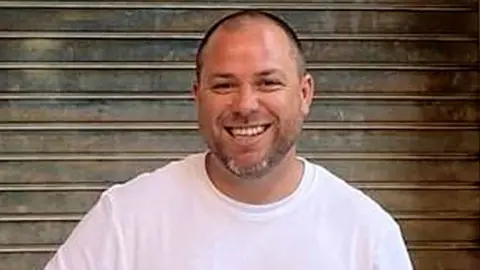Despite the ongoing sentiments surrounding Grenfell Tower, the UK government has declared that it will be torn down, marking an end to an almost eight-year presence as a ghostly reminder of one of the UK's worst residential disasters. The fire, which occurred in 2017, was blamed on a combination of regulatory failures, negligence, and financial cutbacks, all of which are addressed in ongoing public inquiries.
Angela Rayner, the Deputy Prime Minister, was met with mixed responses when she informed victims' families about the planned demolition. Some voiced their disapproval of the demolition, arguing it should remain intact until accountability has been fully determined for those deemed responsible for the fire. Conversely, other stakeholders acknowledged the necessity of removing the tower, which has been covered in white sheeting and green hearts in commemoration of the victims, as it could not remain in such a state indefinitely.
Debates surrounding the future of Grenfell Tower evoke parallels to how society deals with other sites of tragic loss, such as the Ground Zero memorial in New York or the Oklahoma City bombing site. These locations often become sacred spaces, embodying collective memory and grief.
The government has assured that the demolition process will be cautious and gradual, taking around two years to complete. It has also committed to preserving certain parts of the building and materials to be incorporated into a future memorial, striking a balance between erasing a tragedy and honoring those affected.
A statement from the Ministry of Housing, Communities and Local Government encapsulated the complications of this decision, recognizing the tower as "the home of the 72 innocent people who lost their lives" and the survivors who now live with the aftermath of the disaster. The statement recognized that views among the families are far from uniform, reflecting wide emotional currents and differing perspectives regarding the site’s fate. The tension between mourning, memory, and justice will likely continue as the community navigates the complex implications of this monumental decision.
Angela Rayner, the Deputy Prime Minister, was met with mixed responses when she informed victims' families about the planned demolition. Some voiced their disapproval of the demolition, arguing it should remain intact until accountability has been fully determined for those deemed responsible for the fire. Conversely, other stakeholders acknowledged the necessity of removing the tower, which has been covered in white sheeting and green hearts in commemoration of the victims, as it could not remain in such a state indefinitely.
Debates surrounding the future of Grenfell Tower evoke parallels to how society deals with other sites of tragic loss, such as the Ground Zero memorial in New York or the Oklahoma City bombing site. These locations often become sacred spaces, embodying collective memory and grief.
The government has assured that the demolition process will be cautious and gradual, taking around two years to complete. It has also committed to preserving certain parts of the building and materials to be incorporated into a future memorial, striking a balance between erasing a tragedy and honoring those affected.
A statement from the Ministry of Housing, Communities and Local Government encapsulated the complications of this decision, recognizing the tower as "the home of the 72 innocent people who lost their lives" and the survivors who now live with the aftermath of the disaster. The statement recognized that views among the families are far from uniform, reflecting wide emotional currents and differing perspectives regarding the site’s fate. The tension between mourning, memory, and justice will likely continue as the community navigates the complex implications of this monumental decision.





















